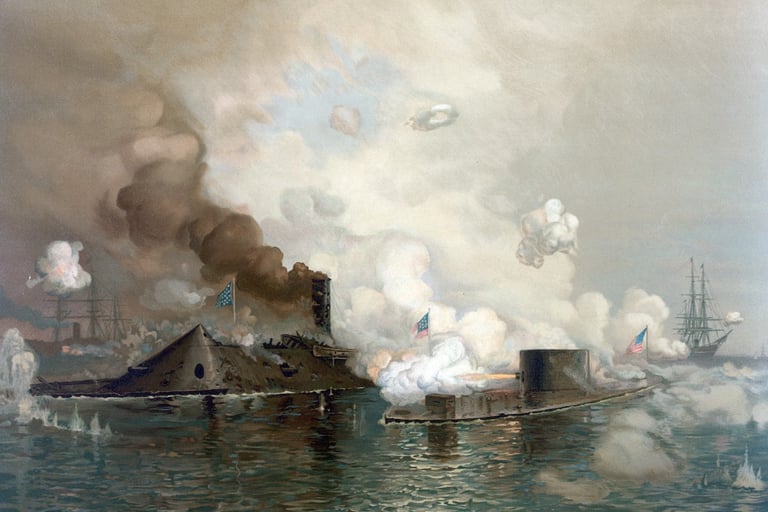Bayou Bon Vivant
May 16, 18, & 18, 2025
Town Point Park, Norfolk, VA
Indulge in the flavors of New Orleans at the Bayou Bon Vivant, a three-day celebration of the tastes, tunes, and traditions of the Crescent City. From juicy handfuls of crawfish to world-renowned N’awlins jazz musicians, the Bayou Bon Vivant captures the vibrant spirit of Louisiana and transforms it into a weekend-long party Friday-Sunday, May 16 - 18, 2025 at Town Point Park along the Downtown Norfolk Waterfront! A wide-ranging and fun experience for the entire family, the Bayou Bon Vivant also features an Arts Market featuring 30+ New Orleans crafters, crocodile and reptile exhibits, mouth-watering Cajun dishes such as beignets, gumbo, etouffees, and jambalaya.
CAJUN MUSIC, FOOD & ART FESTIVAL


Welcome to the Smoking Up the Lot BBQ Competition, where backyard pitmasters from across Hampton Roads can come showcase their skills and see if they really do have the best chicken, ribs, and turkey breast in the 757!
Your family, friends and coworkers have told you that you have the best barbecue they've ever tasted! Well, now is the chance to see if it's really true or are they saying it because the food is free!
Teams will also have a chance of being crowned the People's Choice winner by serving pulled pork and their best BBQ side to ticketed attendees.
Attendees will have the option to purchase a "Pitmaster Privilege Pass" that not only allows them sample all the entries submitted for the People's Choice but also gives them an up close look at what it takes to prepare award winning chicken and ribs as well as learn a few recipes to add to their grilling skills. Yep, you get to sample everything prepared during this cooking demo. Lastly, your ticket purchase enters you into a raffle for BBQ Gift Pack.
Do you have what it takes to compete for the title and the cash prize? Join us for an unforgettable experience filled with smokey goodness!
SMOKIN' UP THE LOT BARBEQUE COMPETITION
For more details and register for competition or purchase either a General Admission or Pitmaster Privilege Pass: https://www.kirbbq.com/event-list
Saturday, July 19, 2025
Noon to 5 pm
550 W. Little Creek Road, Norfolk, VA
March 8 - 9, 1862
The Battle of Hampton Roads


On 8 March 1862, CSS Virginia (formerly Merrimack) emerged from the Gosport navy yard. With an average speed of only five knots, the vessel made slow progress on the Elizabeth River, tended by Beaufort and Raleigh. Entering Hampton Roads, Buchanan could see the five Federal warships off the opposite shore, with the sailing sloop Cumberland and the frigate Congress anchored off Newport News, near the entrance to the James River. The wooden-hulled frigates St. Lawrence, Minnesota, and Roanoke were farther east near Fort Monroe. At 1330, Buchanan dropped his towline to Beaufort and headed straight for Cumberland. This was the only vessel that Buchanan feared might have the firepower to damage Virginia.
The Confederate James River Squadron Patrick Henry, Jamestown, and Teaser) formed a line emerging from the James River and headed for the imminent action at Newport News.
The Federal Frigates Minnesota and Roanoke also headed toward Newport News from the opposite direction. The Federal steamer Cambridge began moving to tow St. Lawrence into position, As Virginia steamed slowly across Hampton Roads, a shot from USS Congress bounced off the thick armor of the Confederate ironclad. At 1420, Beaufort fired at Congress as the Confederate fleet approached and prepared to pass the frigate. Buchanan fired broadside into Congress as they passed, but kept his eyes on Cumberland. The ram of Virginia hit the starboard side of the large wooden sloop-of-war. Drawing back and firing again, the Confederate ironclad rammed the sinking ship a second time.
On the morning of 9 March 1862, Jones brought Virginia out to finish the carnage begun the day before. Heading toward Minnesota, still aground, Jones did not expect the appearance of an ironclad adversary from behind the stranded vessel. Monitor opened fire, compelling all of the wooden-hulled enemy vessels to retreat except for Virginia. For the next four hours, the two ships circled each other. The explosion of a shell against the pilothouse on Monitor injured Lieutenant Worden. Temporarily blinded, Worden handed over command to his executive officer, Lieutenant S. Dana Greene. Monitor withdrew into the shoals during the change of command. This withdrawal seemed like the perfect moment for Jones to renew the attack on Minnesota. Jones’ fellow officers convinced him to retire due to the falling tide and the damage to Virginia. The new commander of Monitor watched the Confederate ironclad retreat, but he had “strict orders to act on the defensive and protect the Minnesota.” During the return to Sewell’s Point, Jones’ officers convinced their commander to return to the yard for repairs. The next day, Virginia was back in the dry dock. During the night, the tugs finally freed Minnesota from the shoal. When Virginia failed to appear on the following day, it became clear that the battle was over.
(Excerpted from the Naval History and Heritage Command website, Hampton Roads (navy.mil))
The USS Monitor Center at The Mariners' Museum and Park in Newport News, Virginia is an excellent place to learn about the Battle of Hampton Roads. The Monitor Center served a key role in restoring the turret of the USS Monitor and has a life-sized replica of the ship. Check out the museum's website: (marinersmuseum.org)
